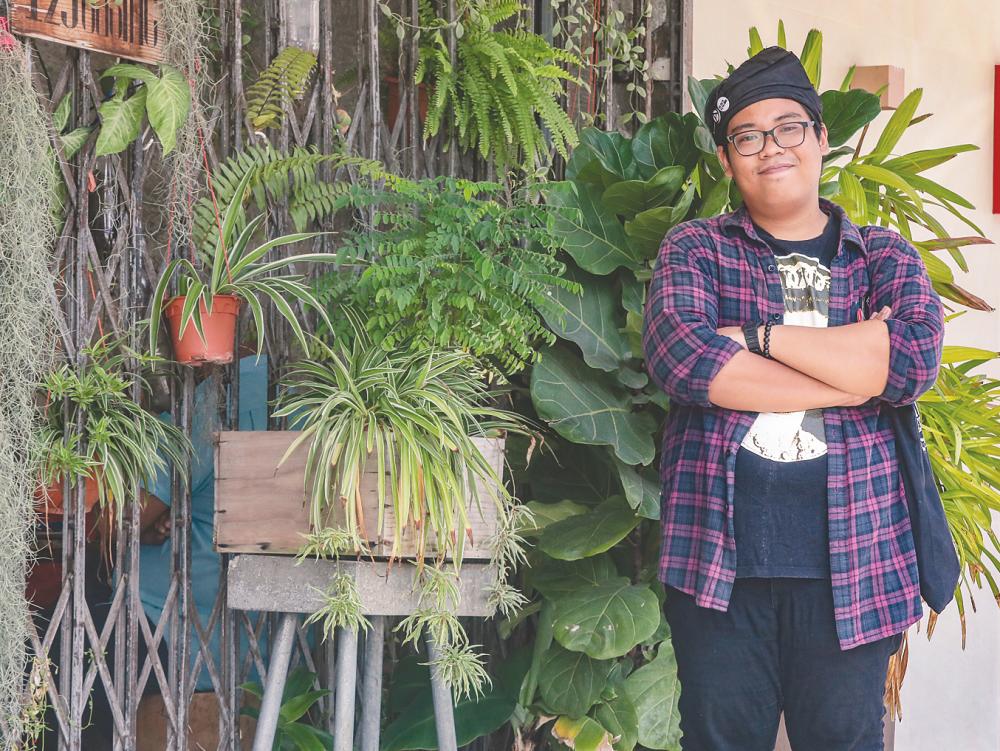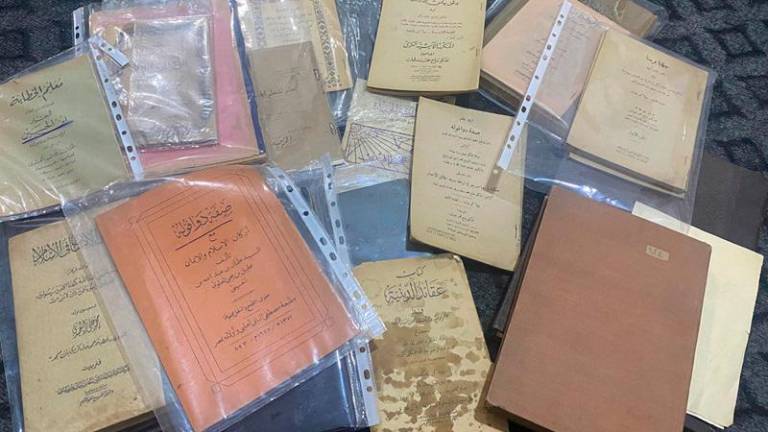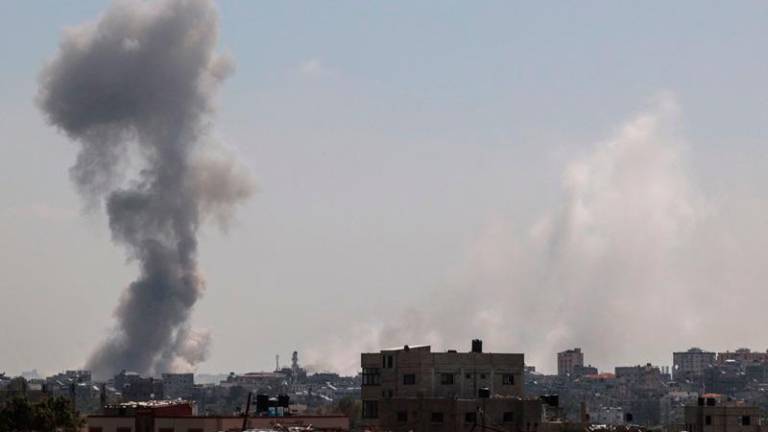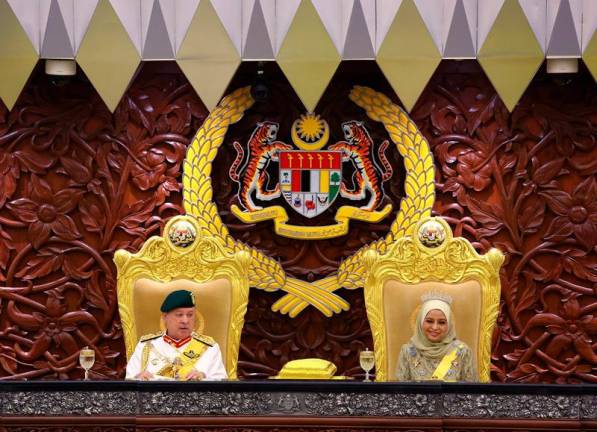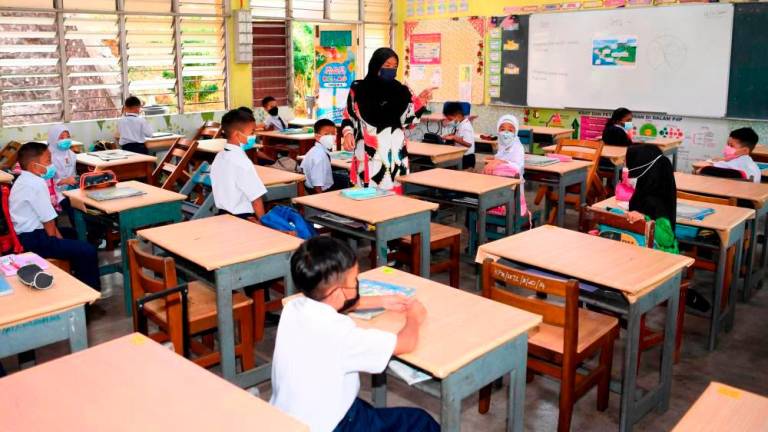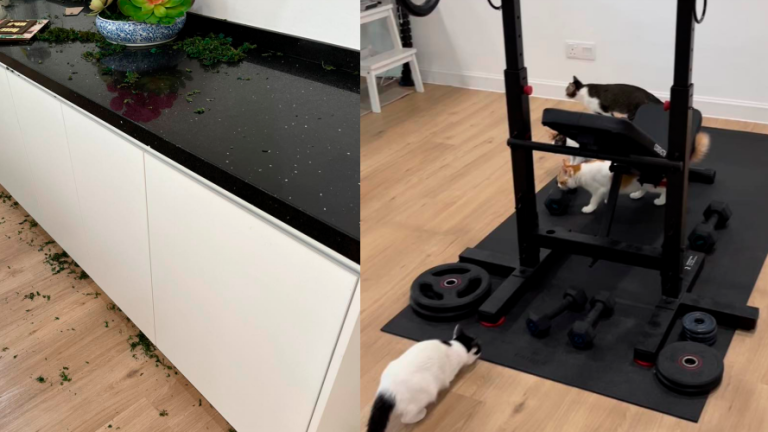WHAT do you do when you get an idea? Do you scribble it in a notebook? Here’s a thought – why not turn those ideas into zines? A zine is a self-published work where you are your own writer, editor, publisher, printer and distributor.
Ali Rafiq Ibrahim started making his own zines in secondary school when his friends invited him to write. They formed their own zine collective which Ali decided was his thing. After school, he pursued a Diploma in Mass Communication, and continued with a Degree in Publishing.
“It is something that I truly wanted to get into. When the indie scene bloomed in 2013, I thought why were there no indie or art events in Kajang where I am from; these events were always held in Kuala Lumpur. So my mum said if there weren’t any, we can open one ourselves. We started Kedai Buku Mak Ali and we are the only book cafe around Kajang,” he said.
“I believe if something is not readily available for you, why not look for an alternative and do it yourself. Kedai Buku Mak Ali is another space and location on the map for people to look for zines as well as to immerse themselves in the indie scene. Instead of Kuala Lumpur, people can now come to Kajang,” he added.
What does it take to produce a zine?
Anyone can make a zine; it is as easy as folding an A4 paper into a minibook. From there, all you have to do is fill it with ideas that you want to share with others. For example, if you like sport, you can make a zine about football.
I encourage zinesters to photocopy their zines as printing can be expensive. You can freely distribute your zines and choose to do as many copies as you like. Each zine can be distributed for free or sold for between 50 sen and RM5. We can also trade zines.
What is the zine scene like?
Many people do know about zines and every year we have zine festivals which are good sharing platforms to meet fellow zinesters. The community is usually looking to join forums on the future of zines, how they can market their zines, and how to find more contributors.
We cannot deny that the book industry is slower with the lack of book vouchers and lower student buying power. But I think the zine industry is steady with its festivals and it has room to grow by collaborating with other countries.
Many talk about the decline in reading but I think why not have more writers then? Instead of encouraging people to read more, let’s encourage them to write more.
What’s new in the zine scene?
We want to open a library of our own, so we are now in the process of digitising the zines to archive them. So far it has been a slow process because there are a lot of zines. We want to encourage everyone in the community to digitise their zines so we can share them with people from other countries.
What are your plans for Kedai Buku Mak Ali?
We are currently closed due to a flood. I just want to re-open in January next year.
What is the future of zines?
As we head towards a paperless society, we can use this one thing as a form of media to spread our own ideas. I think people in the future won’t read as much, but things like zines will still exist.
If we start thinking about expanding its availability and forming our own collectives, we can do it together.
How do you think your story can inspire the future generation?
I want the future generation to express what they are thinking even when they feel there are not enough platforms or mediums.
Also, what I write now will be read by my children and grandchildren 10, 20 years later and they can know what I was thinking and what I wanted at that point of time. It is important for the future generation to have a voice.



